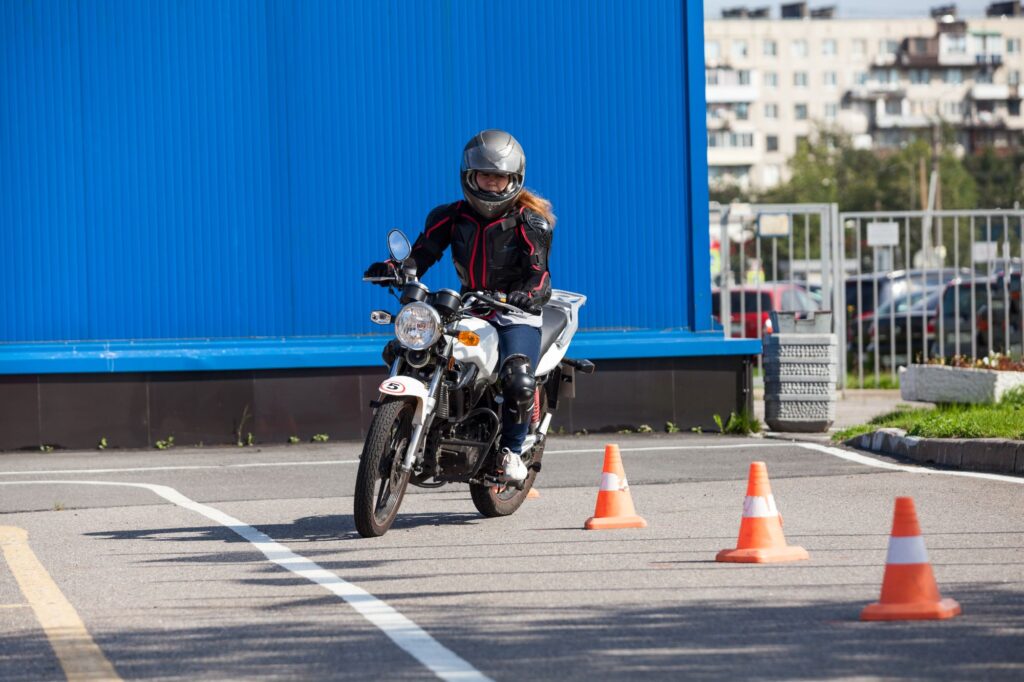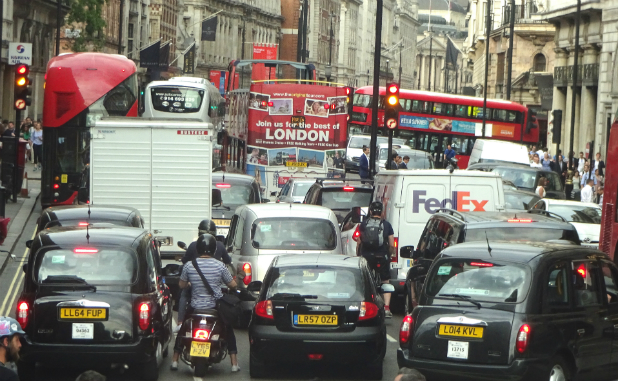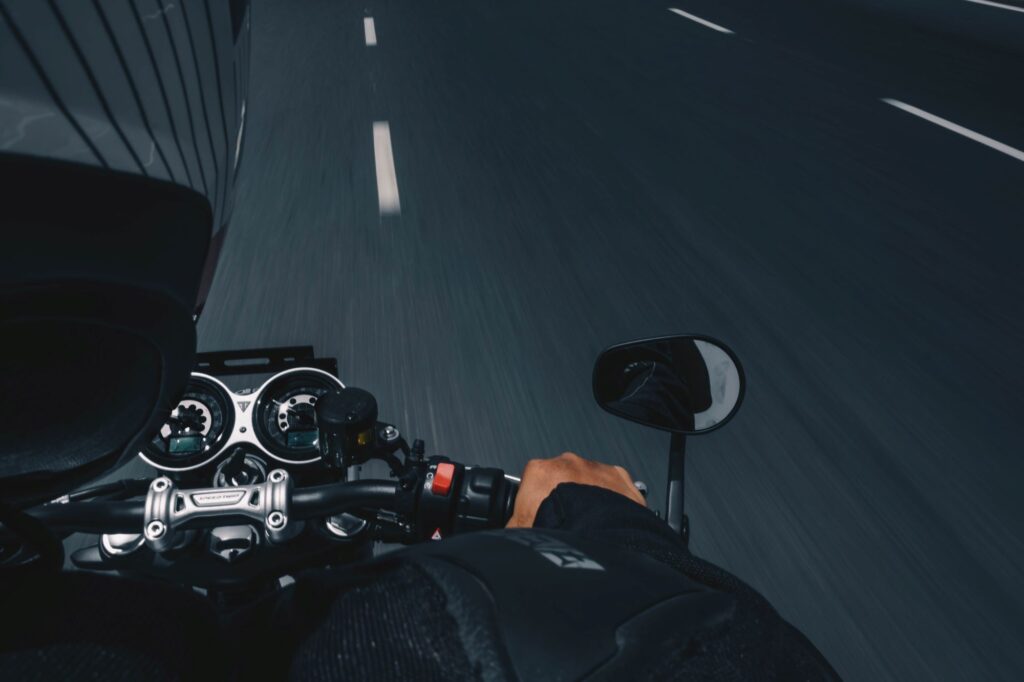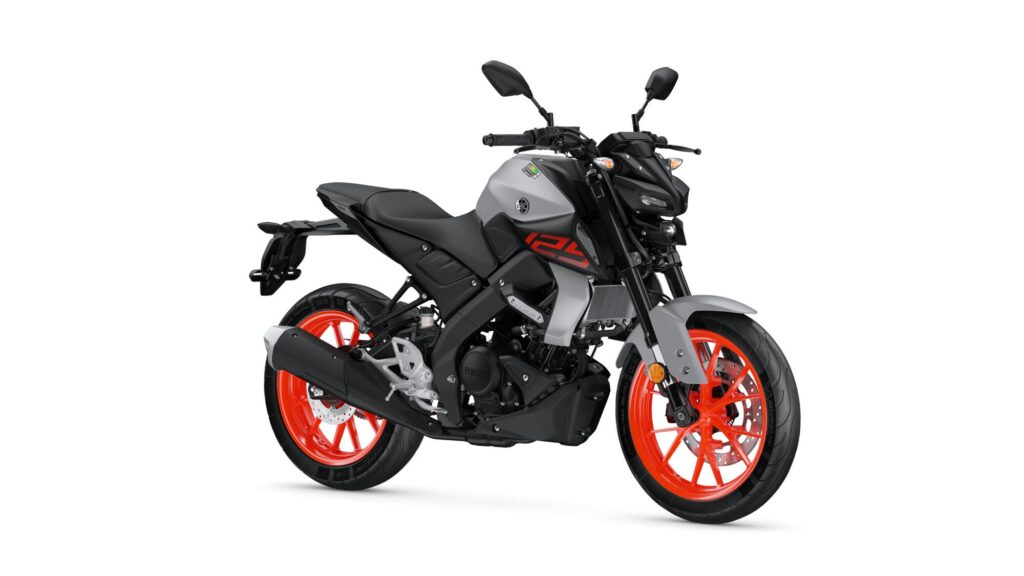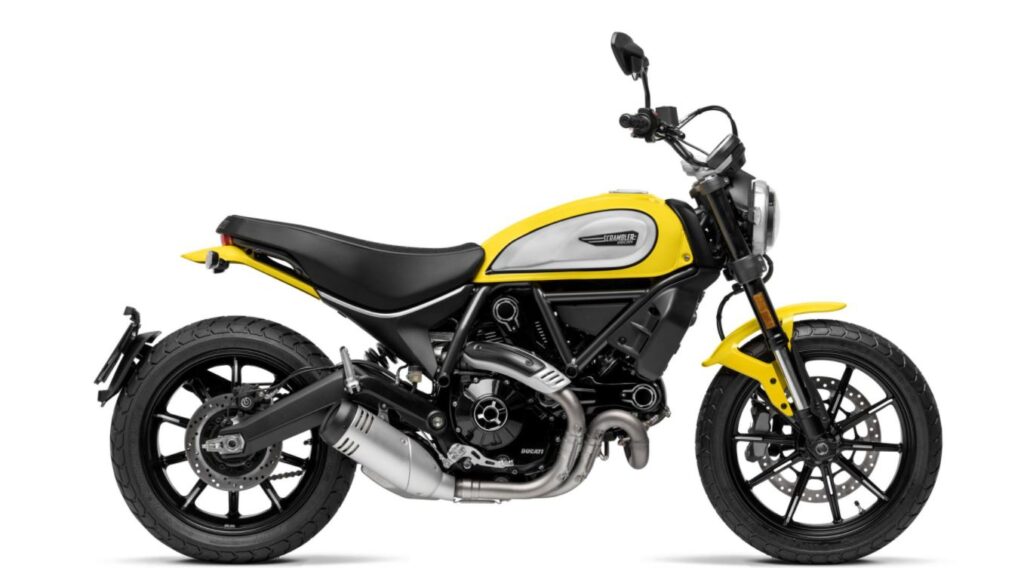Motorcycle touring is a great way to explore a country. You get to discover some of the most scenic roads and interesting places well off the normal tourist routes, but it also presents new challenges and potential problems. Whether you’re going solo or joining an organised tour, it pays to be prepared. Bikesure, the free-wheeling insurance specialist, tells you everything you need to know before you hit the straße.

Get your papers in order
First thing is to gather all the documents you’ll need and stow them somewhere safe but easy to access. The most important paperwork you’ll need is your passport, driving licence, vehicle registration document, and insurance paperwork. While it’s recommended that you bring the original documents, you can usually make do with a high-quality colour photocopy of your vehicle registration form, your insurance certificate and policy document. Keep these documents together in a sealable plastic bag. If you’re riding a hired bike you should also take either a letter of authorisation from the registered keeper or the vehicle on hire certificate (VE103).
If you’re taking your own bike and it’s more than three years old it might be an idea to throw in your current MOT certificate too. It’s not strictly required but if you find yourself in a situation where you need it you’ll thank your past self for its foresight.
Keep these documents separately from your bank cards and money, as you’ll be using them less and you’ll be wanting to minimise the chances of losing them.
Check with your insurer that you’re covered for your journey – all insurers provide the minimum cover required by law in any EU country, and most will extend the cover you have in the UK in those countries too.
But it’s worth checking, and also make sure your trip does to breach the maximum numbers of days’ overseas travel allowed on your policy – usually 30 days per trip and 90 days in any one year.
Always advise your broker or insurer before leaving for your trip.
A great tip for anyone travelling throughout Europe is to apply for the European Health Insurance Card, which guarantees necessary medical treatment on the same terms as the citizens of each EU country, often free.
Clearly, this will only cover the treatment itself and is no substitute for a more comprehensive travel insurance policy.
Get your motor running (and keep it that way)
It goes without saying that you’re going to have a worse time touring the continent on your motorcycle if it’s breaking down constantly, so get it fully checked out before you go. Make sure the oil is at the correct level, that all your lights are working and that your tyres are the right pressure. In fact, this might be the perfect opportunity to invest in a new set of tyres. If the tread is looking a bit shallow before the off then hundreds of miles along twisty roads isn’t going to do them (or you) any good.
You should also check whether you need to make adjustments to your headlights, as the full beam in the UK is considerably more powerful than that used on the continent. Indeed, some countries require you ride with a dipped beam at all times. Depending on your bike this adjustment might only involve taping up the lights, although some will need more involved work with a conversion kit.
You should also sort out a GB sticker, and place it prominently near the licence plate.
Hit the road? Pack!
Getting the balance right is vital

Some organised tours will lay on a van to carry your luggage, allowing you to focus on the ride. Others will require you to carry everything with you, and of course this will be the case if you’re going solo, so you’re going to have to get creative both about what you bring with you and where you store it.
The most important thing to consider when loading the bike is: mass centralisation. Keeping the distribution of weight balanced and as close to the centre of gravity of the bike as possible will make for a smoother and safer riding experience. For example, if you’ve got a luggage rack installed in the pillion space you might want to consider a tank bag to help equalise the difference between the two ends. It’s best to store heavier items in a tank or saddlebag as they will affect handling less, with lighter items reserved for racks or near the headlights. Of course, if you’re driving a cruiser with tank-top instruments then a tank bag is a big no-no, because it’s generally considered to be a good idea to be able to see warning lights!
You should also bear in mind the overall weight limit of your bike, and also adjust the air pressure in the tyres once it’s fully loaded – you’ll need to make sure it’s at the upper limit of what they can take, as a heavily laden bike with under-inflated tyres will cause those tyres to degrade faster than normal.
Be careful when positioning saddlebags. Make sure they’re not touching the exhaust as the heat could melt, or even set fire to them. Saddlebag liners are a handy addition, not only will they help waterproofing but you can easily lift them and their contents out when you need them.
Once you’ve settled on what you’re taking it’s a good idea to pack everything up on the bike and give it a test ride, to make sure everything is balanced and to get used to the changes in handling. Getting this locked down before you set off will save time best used for enjoying your trip and ensure you set off on time.
All the small things
You don’t want to go here

You’ve no doubt been on holidays in the past where that one small thing you forget to pack suddenly becomes the only thing you need, so it pays to think carefully about the useful items you should bring with you to smooth over any minor issues. Obviously, this will vary from person to person but there are a few solid choices that work for just about everyone.
You’ll doubtless also be carrying a surprising amount of electronic equipment, from smartphones and satnav units to laptops and cameras and more besides. A charger is therefore vital, make sure you can get something that works with as many of your gadgets as possible to save the bother of carrying around multiple units with you.
Of course, electronic equipment can fail at just the wrong moment, so adding a paper map of the area you’ll be travelling through to your stash of documents will help should your gadgets let you down. Similarly, a phrasebook for the countries you’re passing through will be invaluable. While there are plenty of great apps that offer translation many of them rely on an internet connection, which you won’t be able to guarantee at all times.
A small toolkit will help make any minor adjustments along the way, for example, and a roll of gaffer tape will always come in handy.
Don’t overlook the little quality of life items, like deodorant, sunscreen and mosquito spray. Even if you manage to avoid becoming an insect buffet during the day you still have to make it through the night…
This is obviously an incomplete list but will hopefully give you an idea of the things you need to take. If anybody has any fantastic tips we’ve missed please sound off in the comments!
You May Also Like …

